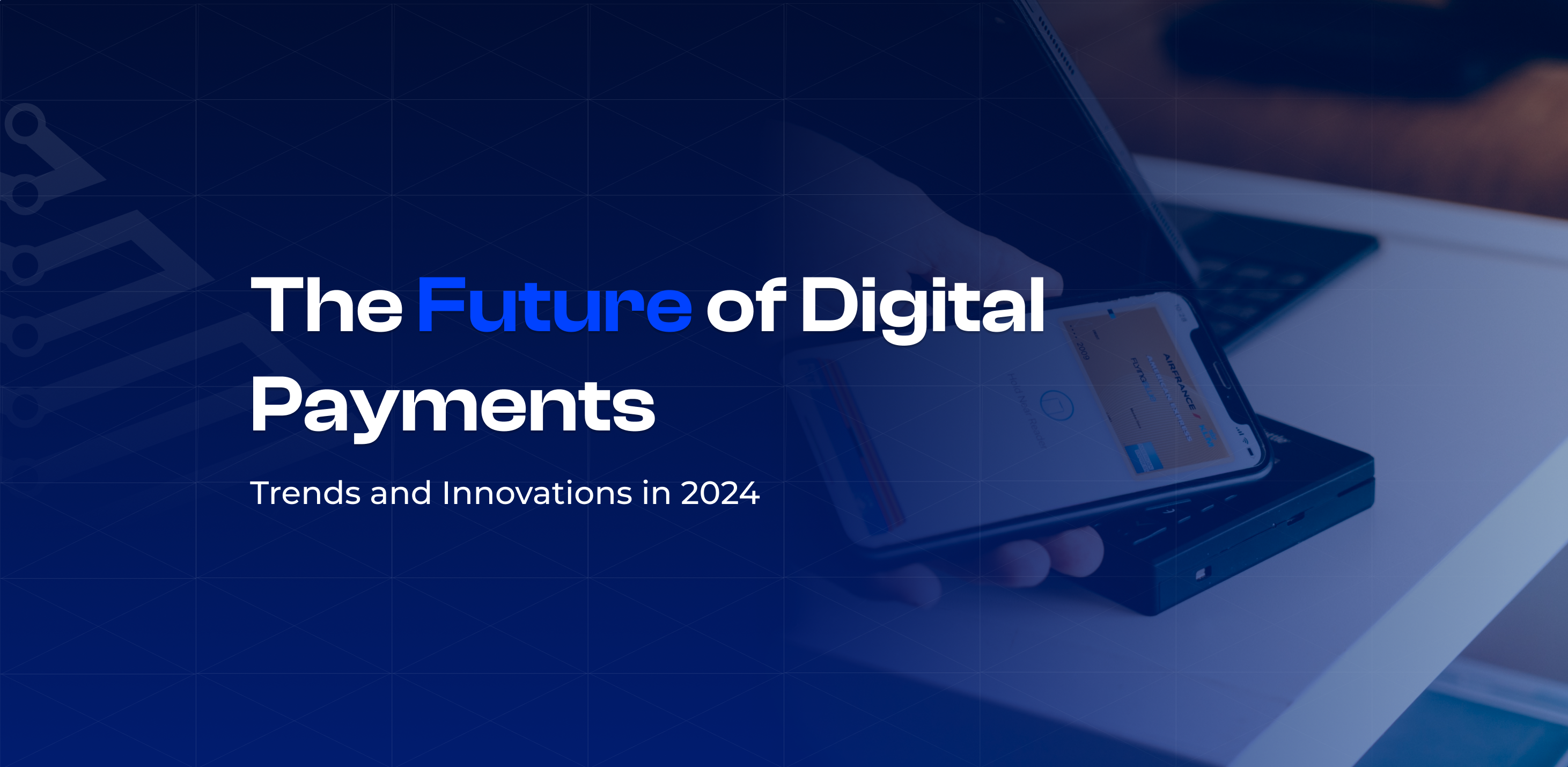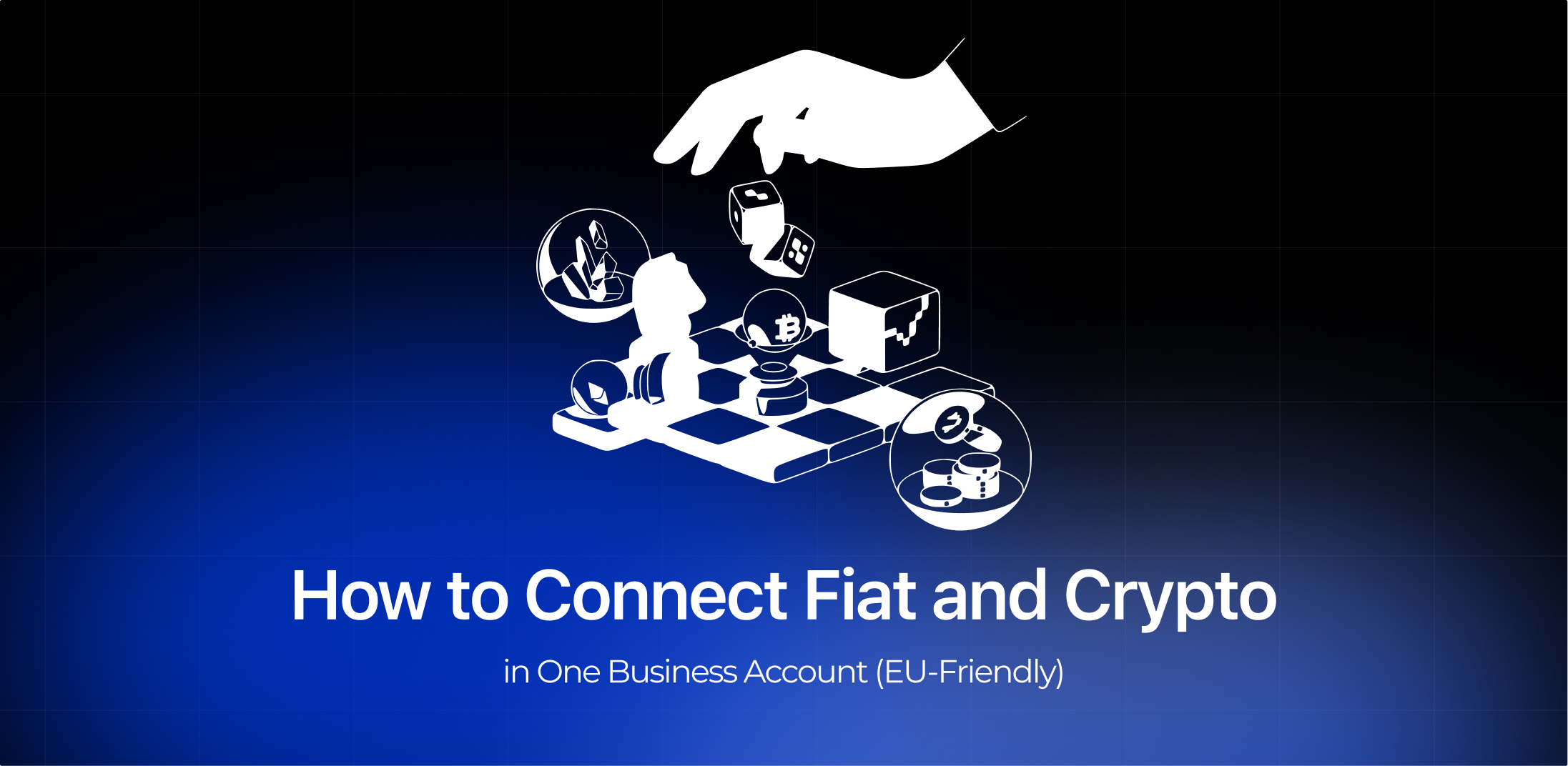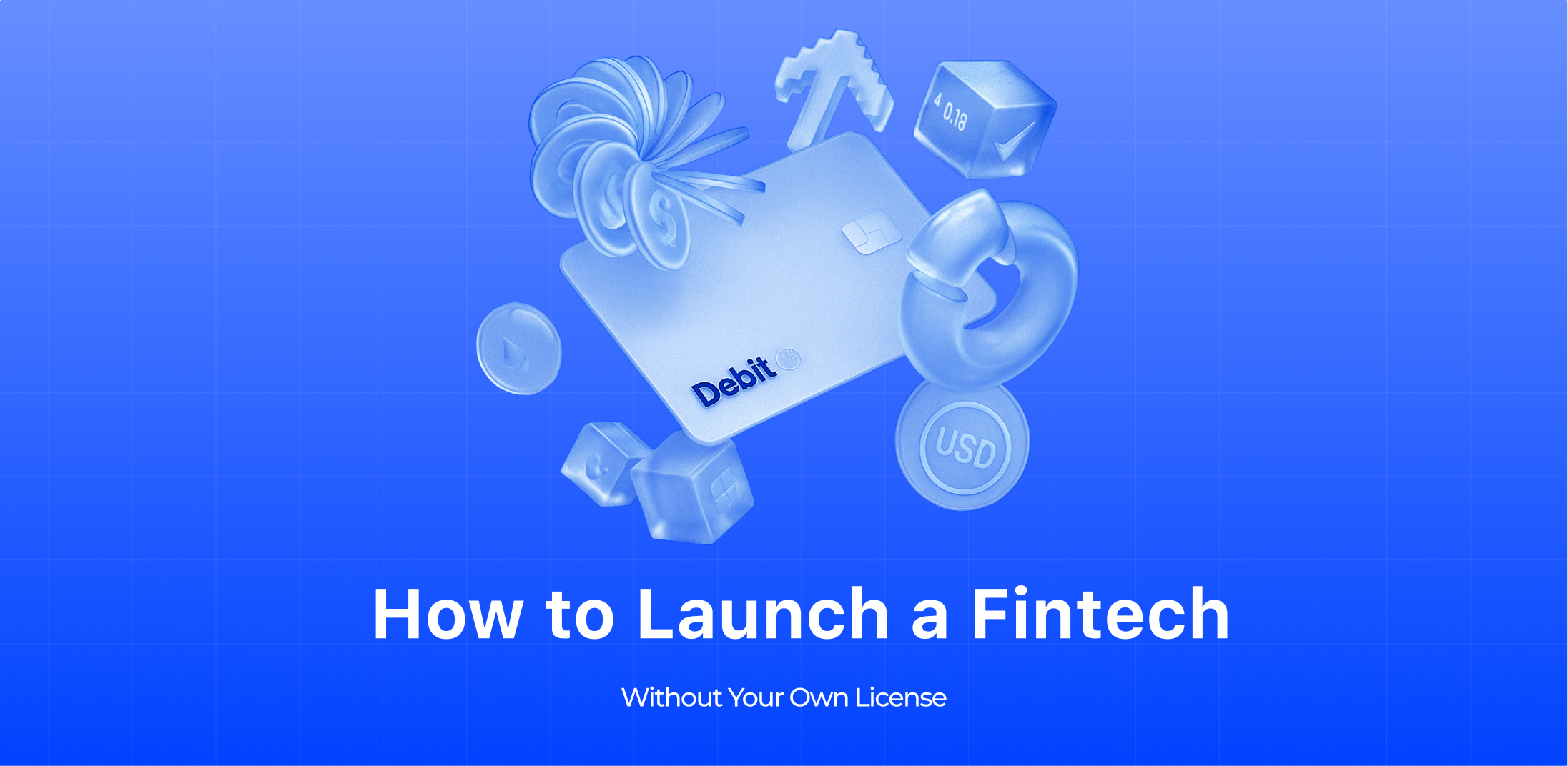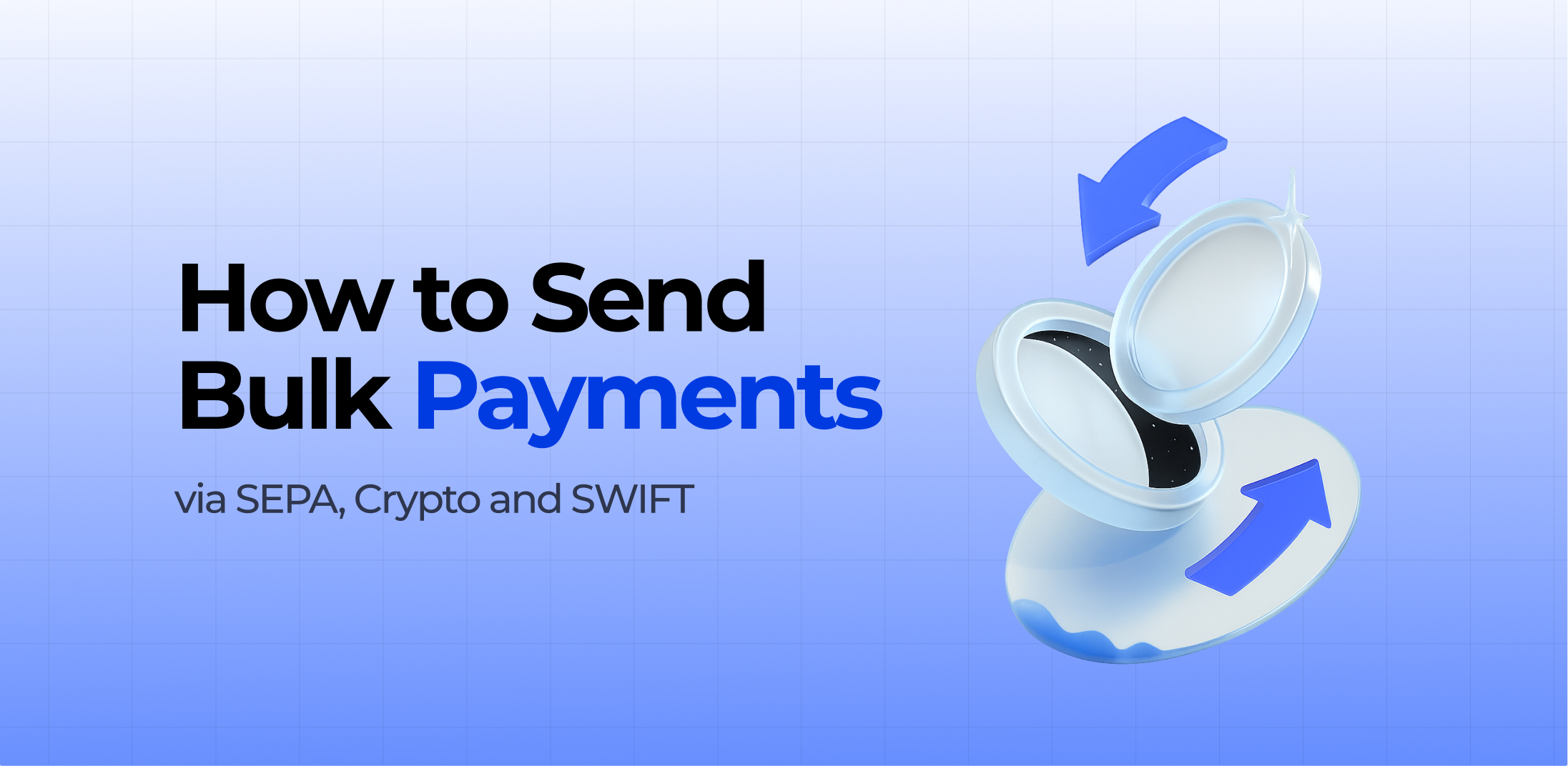The payment systems and international payments market are changing before our eyes. What seemed futuristic 10 years ago is now standard practice. Electronic or digital payments have entered the life of almost every person.
They define what future technologies will look like in the next decade. What are digital payments? Why are they of interest to international business, and what trends await us in this area in 2024? Let’s figure it out together with financial solutions corporation PaySaxas.

Introduction to digital payments
First, it is worthwhile to find out the definition of this concept. Simply put, digital payments are transactions made through online systems, digital or other electronic means. This includes everything from online bank transfers, wire transfers and electronic checks, mobile wallets, and digital payment apps such as Apple Pay and Google Pay, to the gaining popularity of cryptocurrency and related products.
Also, you need to keep in mind that the company will not be able to make such a transaction without an account on the platform or bank. This is one of the important aspects of the digital payments industry. Let’s keep going.
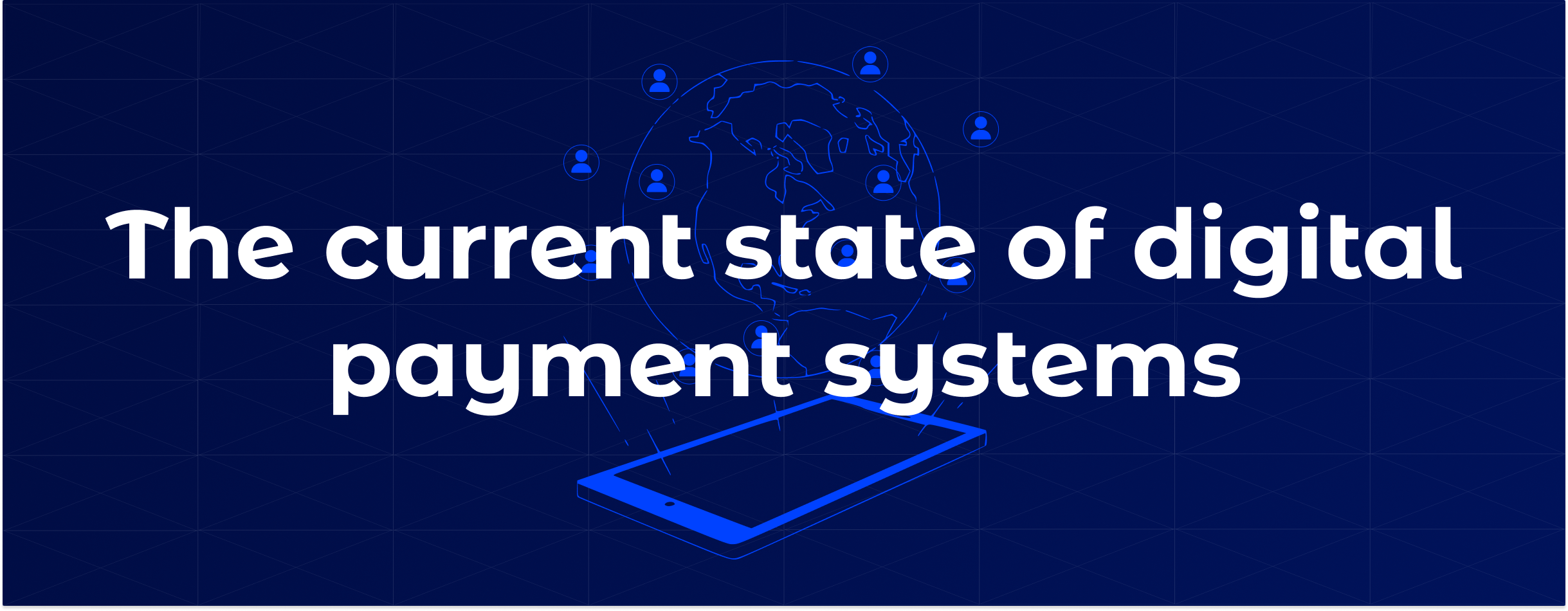
The current state of digital payment systems
Money appeared quite a long time ago in human life. We have been using this method of buying and selling goods and services for hundreds of years. But in a certain period, technology broke into daily life and brought digital payments to a new level.
Brief history and evolution of digital payments
That’s where it all started:
| 1950 | The first credit cards were used. |
| 1993 | Digital money “Digi-Cash” was introduced for the first time. It was based on smart card technology – plastic cards with a computer chip on which information about the amount of money in the account was recorded. |
| 1994 | The digital payments industry began to emerge. Online banking service was first introduced to private users. |
| 1998 | Programmers in the USA created the first PayPal system, which allowed computer users to send money to each other by e-mail. |
| 1998 | In Europe, the PhonePaid system was developed, allowing transactions to be conducted using cell phones. |
| Early 2000s | Companies like Amazon and Google introduced their own payment systems: Amazon Payments and Google Checkout. |
| 2011 | Launch of Square, a payment service that enables small businesses to accept credit card payments using just a mobile device and a card reader. |
| 2017 | The rise of cryptocurrency has led to the emergence of new digital payment methods like Bitcoin and Ethereum. |
Types of digital payment systems
The evolution of digital payments has led to the fact that today we can list several well-known and popular types of such transactions. You probably use them quite often.
- Mobile wallets
A mobile wallet is a solution that allows users to pay for purchases and accept payments using their cell phone without using cash or banks account. It is literally your virtual wallet for paying, accepting payments, or storing money. Today, many digital payments companies provide this opportunity to customers.
The main advantage of such a transaction solution is that transfers between wallets are instantaneous, and many digital wallet systems allow transactions in different currencies. So, an app wallet in your smartphone allows you to pay for purchases and accept payments from all over the world.
- Contactless payments and Near Field Communication (NFC)
This type of payment does not require the direct use of a credit card for you to be charged for a particular purchase. Nowadays, it is enough just to hold your card near a special reader on a terminal or other banking equipment. Thanks to this operation, the device sends the received information to the acquiring center, where your payment is processed.
One of the most important features of this type of digital payments is the fact that it can be carried out from external technical devices, such as a smartphone, bracelet, or smartwatch, to which your card is bound. The card itself can remain at home. This technology has its name — NFC. The abbreviation stands for “Near field communication”.
- Peer-to-peer (P2P) payment apps
P2P digital payments are money transfers from one person to another. In recent years, P2P transactions have gained popularity as a convenient alternative to cash payments. A P2P payment can be made using an app.
To use such an app, you need to have a bank account or bank card. Sending a payment is often a simple process that takes just a few taps. There is a wide variety of P2P payment apps available, and you should carefully research your options before choosing the right one for you.
- Cryptocurrency and blockchain-based payments
Today, cryptocurrency is used quite often in digital payments. Bitcoin, Ethereum, and USDT are preferred by both individuals and companies over fiat currency. This technology allows users to make anonymous payments and cross-border transfers between any jurisdiction.
Online transactions are simple and delivered to the recipient in minutes. That’s what attracts people. The future is cryptocurrency. It’s already obvious.
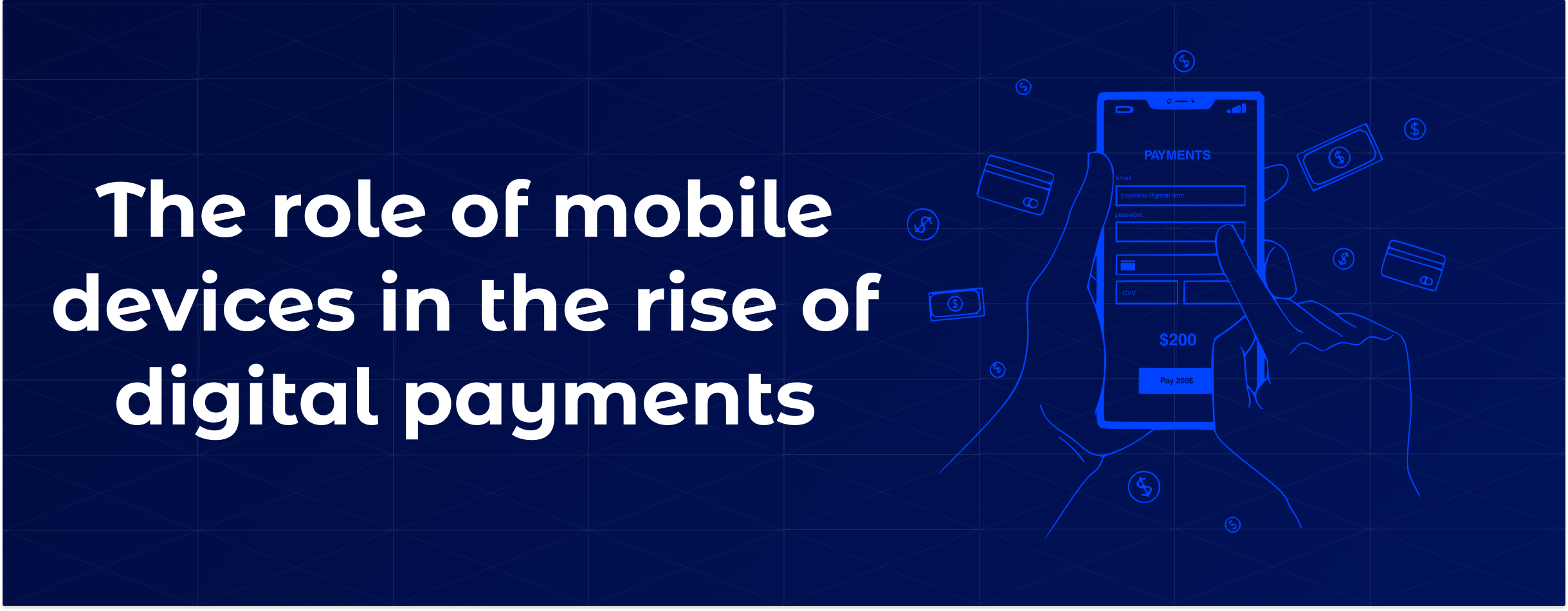
The role of mobile devices in the rise of digital payments
Mobile devices are an indispensable part of human life. They are with us all the time, so it is not surprising that these gadgets have become a major component of digital payments solutions. This option is actively used not only by people but also by businesses.
Entrepreneurs are actively introducing mobile payment methods into their business structure so that customers have the opportunity to purchase goods or services. Here are their advantages:
- Fast and easy. Payment for goods and services occurs online, which makes the payment process fast and convenient. The buyer can purchase at any time of the day, from anywhere in the world.
- Market expansion. Using this method allows companies to expand their market, attract new customers, and increase sales. This is especially relevant for small and medium-sized businesses.
- Lower costs. Entrepreneurs can significantly reduce payment processing costs because they are automated and do not require many staff members.
- Increased customer loyalty. Payment using mobile devices increases customer loyalty to a company since they can make purchases quickly and conveniently.
Such moments have a positive impact on the development of digital payments in general. This gives companies and IT specialists an impetus to improve existing systems.

Exploring latest trends in digital payments
The digital payments industry is not standing still but is actively developing. There are countries, such as the UK, that are ahead in matters of innovation, digital payments trends, and popularity. Here are a few aspects to pay attention to.
- Emergence of alternative payment methods
People and companies have increasingly started using cryptocurrency as a means of payment. Digital assets are convenient and transferring them takes minutes. Yes, one can say that Bitcoin and Ether are not stable, but the same USDT is pegged to the dollar. So it is stable and will be able to help you in your daily business.
- API integration
API integration is particularly important for driving innovation in payments. Using API integration, companies can seamlessly integrate digital payment capabilities within and across their platforms. This gives customers a wide range of payment options and services.
- Using artificial intelligence in fraud prevention
Today, the issue of fraud in payment systems is more relevant than ever. Businesses are constantly looking for solutions to prevent such actions. This is where AI comes into play, when they can analyze a huge amount of data and provide analytics to companies.
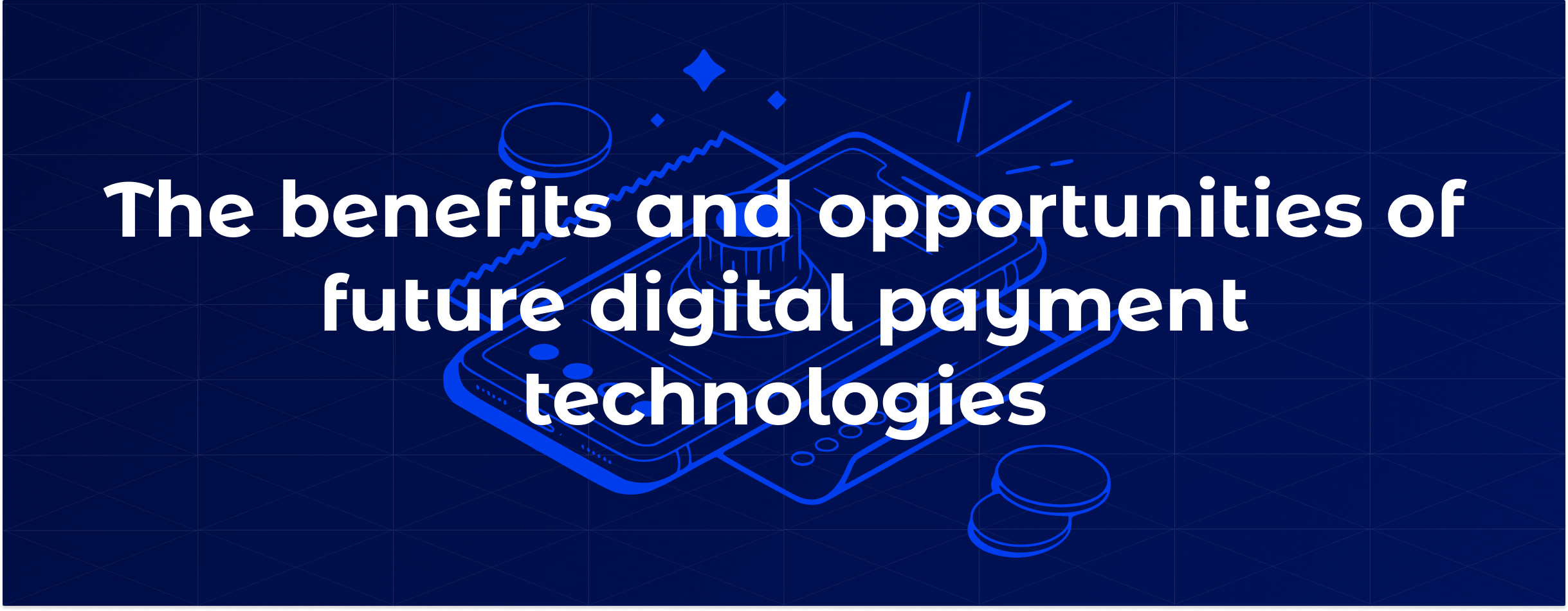
The benefits and opportunities of future digital payment technologies
The digital payments industry is going full steam ahead. Every year, with the emergence of new technologies, this area will only improve and become more convenient. What customers can expect:
Convenience and Speed
New technologies will improve the speed of digital payments processing for goods and services. The ability to pay online makes shopping convenient at any time of day, from anywhere in the world. Even regular insurance can be arranged and paid for in minutes. Banks and payment companies will improve apps as much as possible to maintain a similar position for customers.
Advanced security and fraud prevention
Security of digital payments plays an important role. This was the case when electronic payments were in their infancy and will continue to be the case in the future. Therefore, developers today are carefully trying to develop mechanisms and tools to protect customer data and funds, as well as to prevent attacks by fraudsters.
Financial Inclusion and Accessibility
Digital payments should be available to everyone. Today, the world is increasingly trying to go deeper in this direction. In the future, the overall numbers will approach almost 100%. Thanks to new technologies, almost everyone in the world will be able to make payments online. We need to work to make sure that this kind of education is available in every country globally.
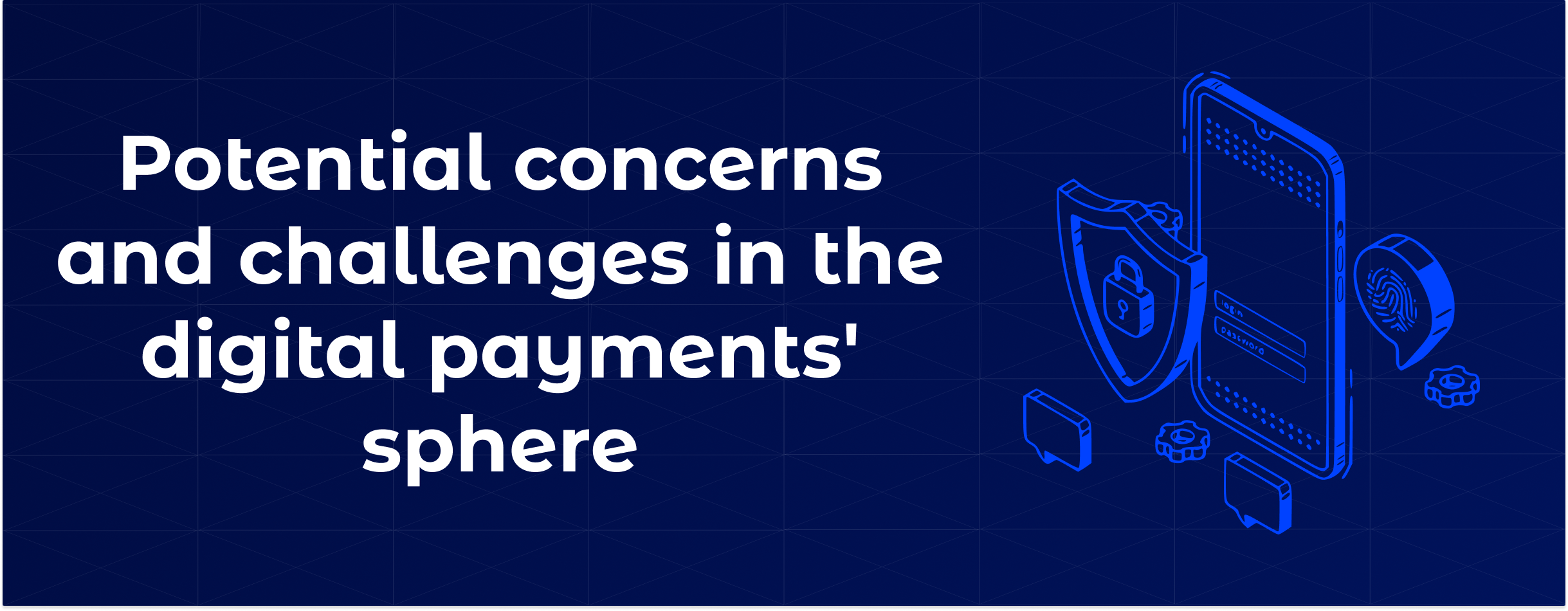
Potential concerns and challenges in the digital payments’ sphere
Despite the huge number of positive aspects, digital payments have a number of problem areas that can affect the activities of companies. They need to be considered when working.
Data privacy and security issues
Unfortunately today, virtual security is one of the most difficult problems to fix to this day. Despite the many digital payments solutions available, there are still risks that your data or money could be stolen.
The companies involved in this market work every day to offer options to protect your data: two-factor verification, Face ID access, document verification, etc. The processing and security of digital payments are also the responsibility of the owner/sender of the money.
Make sure your account login details remain secure every time, you only work with trustworthy counterparties, and you enter data correctly when sending payments.
Regulatory and compliance complexities
Compliance checks at this stage are a necessary part of complying with all regulations in the market. It is a complex industry where the rules have the power to restrain players and help conduct business fairly and honestly.
Thus, companies that want to conduct digital payments must have all the relevant documents in place and also fit within the accepted norms of a market participant. This can be a problem.
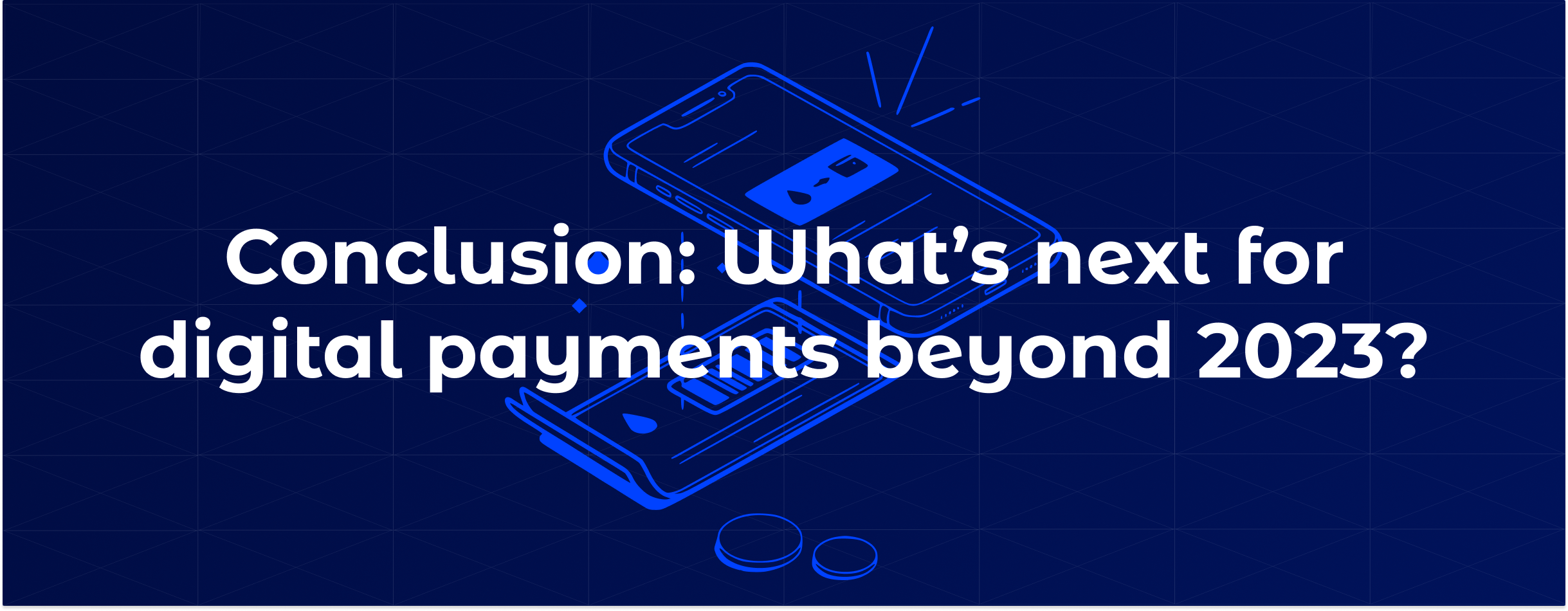
Conclusion: What’s next for digital payments beyond 2023?
To summarize, it should be noted that we were able to answer the question, what are digital payments? Digital payments are transactions made through online systems, digital or other electronic means. It has changed people’s lives and business development completely. New players began to appear in the world, namely digital payments companies.
They provide global opportunities for mankind to pay for goods and services without having to visit a bank, just online anytime and anywhere. To stay on trend, companies need to track the preferences of their target customers and constantly change for the better.
Together with a reliable payment partner, you can choose your optimal strategy to meet future challenges. The next year, 2024, will continue the previous year’s developments. New players will appear on the payments market, current companies will offer modern and relevant products to win the competition.


